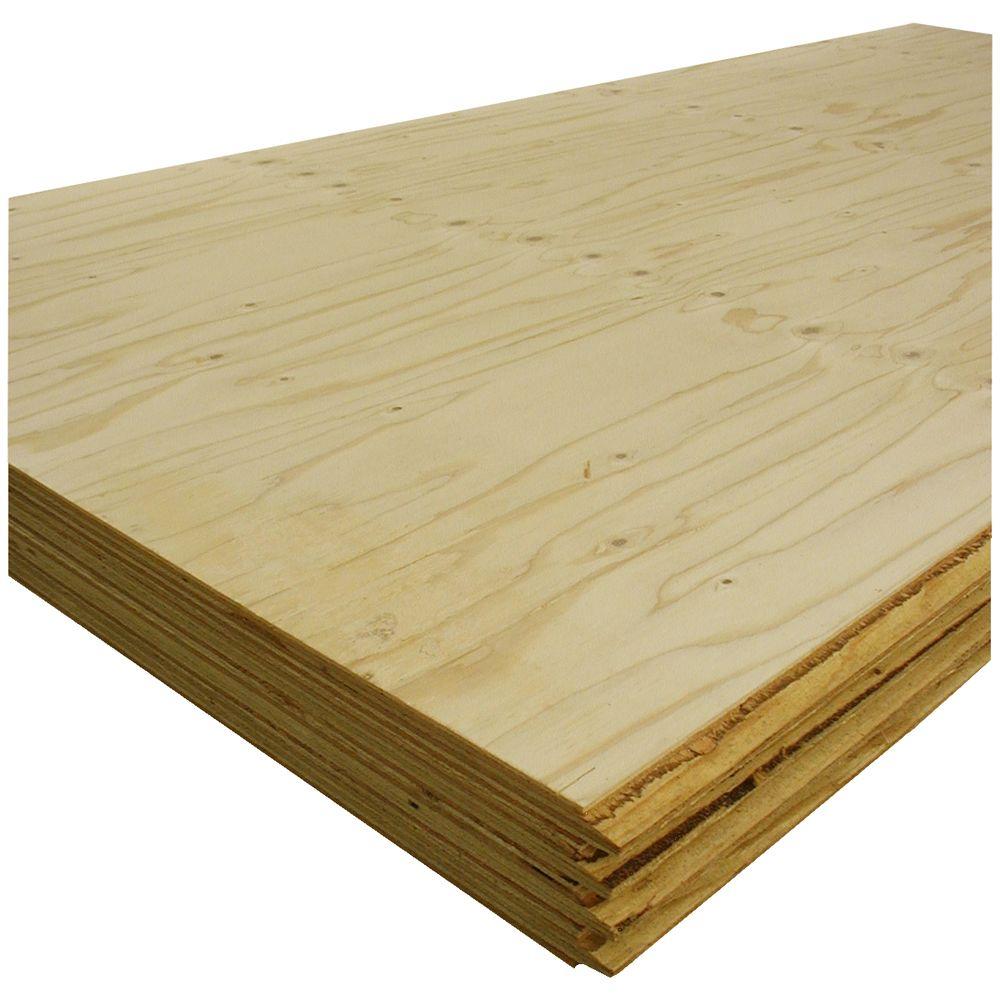Thicknesses for products used for subfloors are generally 23 32 inch just under 3 4 inch but thicker sheets are available where building codes call for them.
Standard sheet subflooring size.
A 1 4 sheet is actually 7 32 thick.
Standard sheets are 1 2 inch thick while non standard thicknesses range from 1 8 inch to 3 4 inches.
Plywood subflooring also comes in 1 2 inch and 5 8 inch thicknesses.
Softwood plywood typically used for rough framing comes in 4 x 8 feet 1220 x 2438 millimeters sheets.
The subfloor can be flattened by sanding down the high areas or by installing shims such as roofing shingles or various thicknesses of plywood.
Cdx plywood should be a minimum of 7 16 inch thick.
Fitted sheets measurements have three dimensions length width and pocket depth.
New homes are not constructed with multilayer subfloors but multilayer subfloors are used when a home is being retrofitted.
For glue down installations and those using mechanical fasteners less than 1 1 2 inches the subfloor should be within 3 16 inch in 10 feet or 1 8 in 6 feet.
In addition to these standard sizes home improvement stores like home depot carry pre cut panels in various other sizes including 2 by 2 2 by 4 and 4 by 4 feet.
In new construction a subfloor is typically a minimum of 5 8 inch thick.
Plywood proves indispensable in the building and cabinetry trades so carpenters cabinetmakers and home hobbyists alike must be familiar with the standard sizes in which it is available.
Even though with all variation often 3 4 19 mm nominal 23 32 thickness tongue and groove flooring boards will be allowed to use as a rough subfloor according to building codes.
A standard sheet measures 4 by 8 feet and comes in a range of thicknesses with specialty sizes also available.
7 16 15 32 and 1 2 inch thick panels require joists spaced 16 inches on center.
In some application 5 8 will be still acceptable.
Thinner subflooring may be suitable for carpet or resilient floorings such as vinyl or linoleum but thicker subflooring is recommended for nail down hardwood and is required for floor tile.
This is especially a problem for thick mattresses.
A 1 2 sheet is actually 15 32 thick.
Another common size is 7 8 inch and some subfloors are even thicker.
For most applications the 1 32 difference is not important but for fine carpentry it may be critical to get grooves and cuts to be precisely the thickness of the plywood.
Subfloor sheets for both osb and plywood come in 4 x 8 or 4 x 12 sheets.
Standard pockets range from 14 to 16 inches.
If you struggle to keep the fitted sheet snuggly on your mattress the pocket may not be deep enough.
For example a groove for the base in a cabinet needs to be the exact thickness of the plywood or the cabinet will not be stable due to the loose fit of the parts.




























